Scars tell a story—of healing, of strength, of getting through something hard. But they’re also something most of us wish we could make smoother, softer, and less noticeable.
Whether you’re caring for a brand-new surgical scar, an old raised mark from years ago, or a stubborn keloid, this guide breaks down the science in a way that’s simple, relatable, and effective.
At Rejûvaskin, we focus on giving you the tools your skin needs to heal beautifully—no matter what stage your scar is in.
Understanding How Scars Form
A scar forms when your skin repairs an injury. The deeper the damage, the more visible the scar.
Common types include:
-
Normal (mature) scars – flat, pale, soft
-
Hypertrophic scars – raised, red, thick but confined to the wound
-
Keloids – raised scars that grow beyond the original injury
-
Atrophic scars – depressed scars such as acne pits or indentations
Studies show that most problematic scars—especially hypertrophic scars and keloids—result from excess collagen and prolonged inflammation during healing (Monstrey et al., 2014).
Scar Healing Timeline: What’s Normal?
Scars develop in predictable stages:
Inflammation (0–2 weeks):
Redness, swelling, itching—your body is protecting the wound.
Proliferation (2–6 weeks):
Collagen begins rebuilding the skin. This is when scars can start to look raised or pink.
Maturation (6 weeks to 1+ year):
The scar gradually softens, flattens, and fades. Consistent care during this phase makes a dramatic difference (Khansa & Janis, 2016).
Part 1: Healing New Scars
New scars are the most responsive to treatment because the collagen is still actively forming.
What works best?
-
Medical-grade silicone (gold standard)
-
Sun protection
-
Hydration and barrier support
-
Gentle scar massage once cleared by your provider
Clinical research confirms silicone improves hydration within the scar bed, which helps reduce thickness, redness, and itchiness (Edger-Lacoursière et al., 2025).
Rejûvaskin Recommends:
Scar FX® Silicone Sheeting — 100% medical-grade silicone for C-sections, orthopedic scars, plastic surgery, and more.
RejuvaSil® Silicone Scar Gel — A lightweight gel ideal for curved areas, joints, or the face.
Part 2: Improving Old Scars
Older scars—even years old—can still change. They often become thicker, darker, or firmer over time due to collagen buildup.
What works best?
-
Silicone gel or silicone-based cream
-
Gentle brighteners
-
Botanical scar-support ingredients
-
Consistent, long-term use (8–12+ weeks)
Research shows silicone remains helpful for softening old scars, even when they’re hardened or textured (Landers, 2023).
Rejûvaskin Recommends:
Scar Esthetique® Silicone Scar Cream — A multi-ingredient formula with 23 restorative ingredients that support tone, texture, and softness. It’s ideal for softening older scars and improving color.
Part 3: Treating Keloids
Keloids require a different approach. These scars grow beyond the original wound, often feeling firm, itchy, or sensitive.
What works best?
-
Silicone sheeting
-
Silicone gel
-
Consistent pressure and hydration
-
Medical treatments for severe keloids (steroid injections, lasers)
Research shows that silicone is still highly effective for keloids when used consistently, especially during early formation (Monstrey et al., 2014).
Rejûvaskin Recommends:
RejuvaSil® Silicone Scar Gel — Helps soften, smooth, and flatten keloids over time.
Scar FX® Silicone Sheeting — Perfect for chest, shoulder, and abdominal keloids.
Part 4: What NOT to Use on Scars
Many DIY or “viral” remedies make scars worse.
Avoid:
-
Lemon juice
-
Baking soda
-
Raw onion
-
Apple cider vinegar
-
Coconut oil on new scars
-
Physical exfoliation before the skin has healed
These ingredients can irritate or inflame developing scars, increasing the risk of hypertrophy.
How Long Does Scar Healing Take?
True scar remodeling takes time.
-
New scars: 3–12 months
-
Hypertrophic scars: 6–18 months
-
Keloids: ongoing management
Clinical guidelines recommend at least 8–12 weeks of silicone therapy for meaningful improvement (Edger-Lacoursière et al., 2025).
Rejûvaskin’s Recommended Scar Care Routine
A simple, effective daily plan:
Morning Routine:
-
Cleanse gently.
-
Follow with SPF if the scar is exposed.
Evening Routine:
-
Apply Scar Esthetique® Silicone Scar Cream for tone + texture support.
-
Use Scar FX® Silicone Sheeting overnight if appropriate.
Weekly:
-
Perform gentle scar massage once the incision is fully healed.
Works Cited
Edger-Lacoursière, Z., et al. (2025). Evidence supporting conservative scar management interventions following burn injury and surgical wounds. Journal of Burn Care & Research, 46(3), 504–516. Link
Khansa, I., & Janis, J. E. (2016). Evidence-based scar management: How to improve results with technique and technology. Plastic and Reconstructive Surgery, 139(5), 1212e–1213e. Link
Landers, K. (2023). A narrative review of surgical scars: What to expect and how to care for them. Link
Monstrey, S., et al. (2014). Updated practical guidelines for scar management—Non-invasive and invasive measures. Journal of Plastic, Reconstructive & Aesthetic Surgery. Link
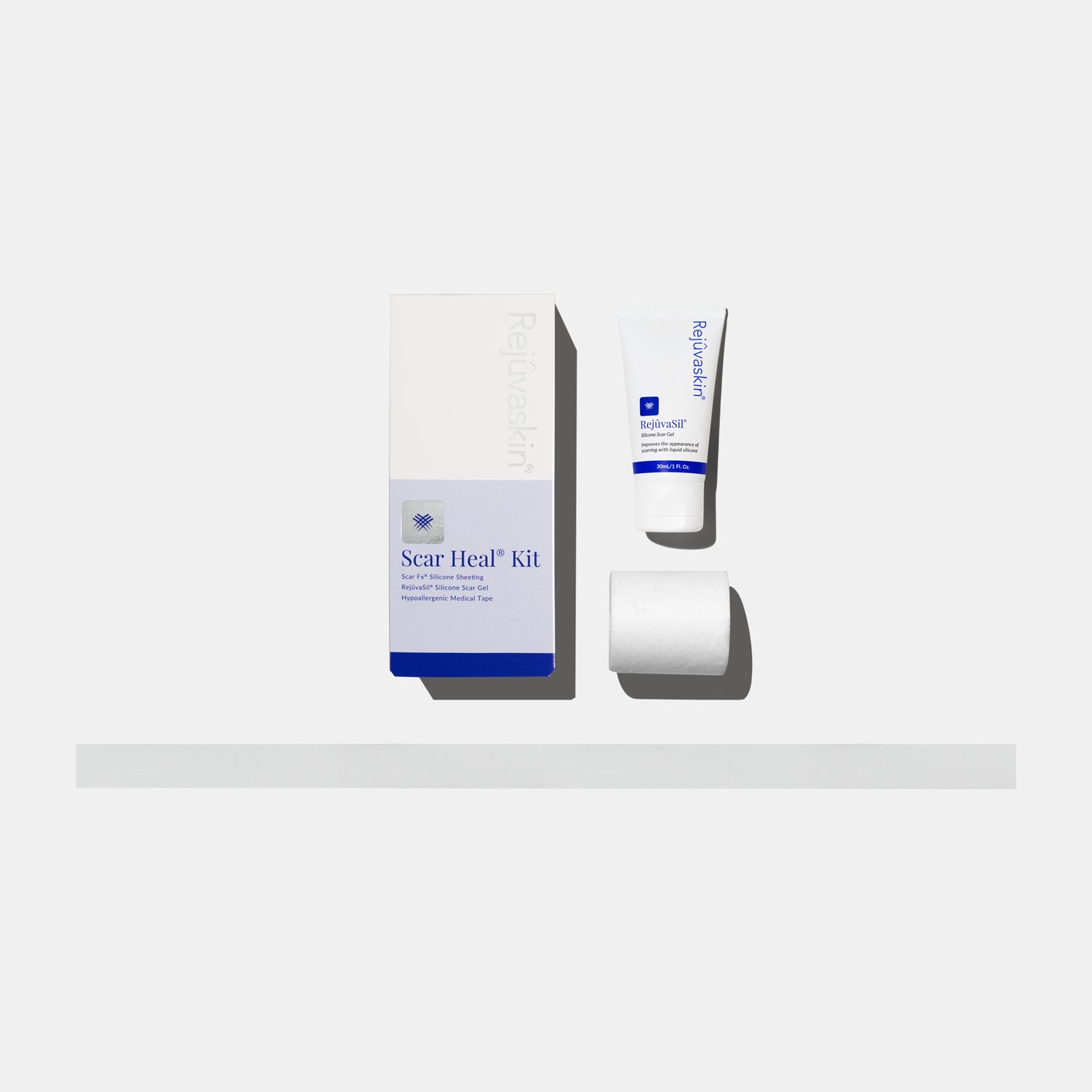



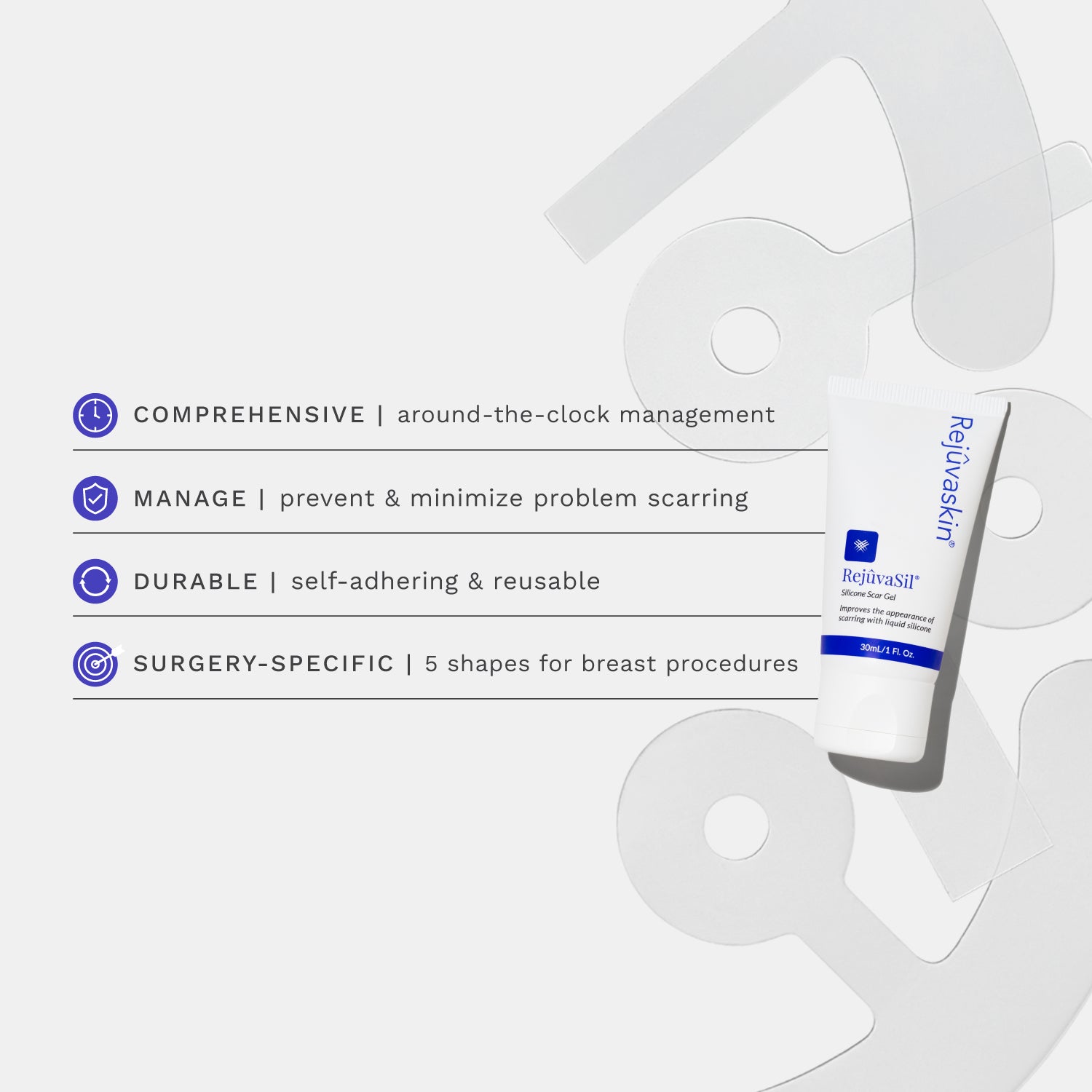
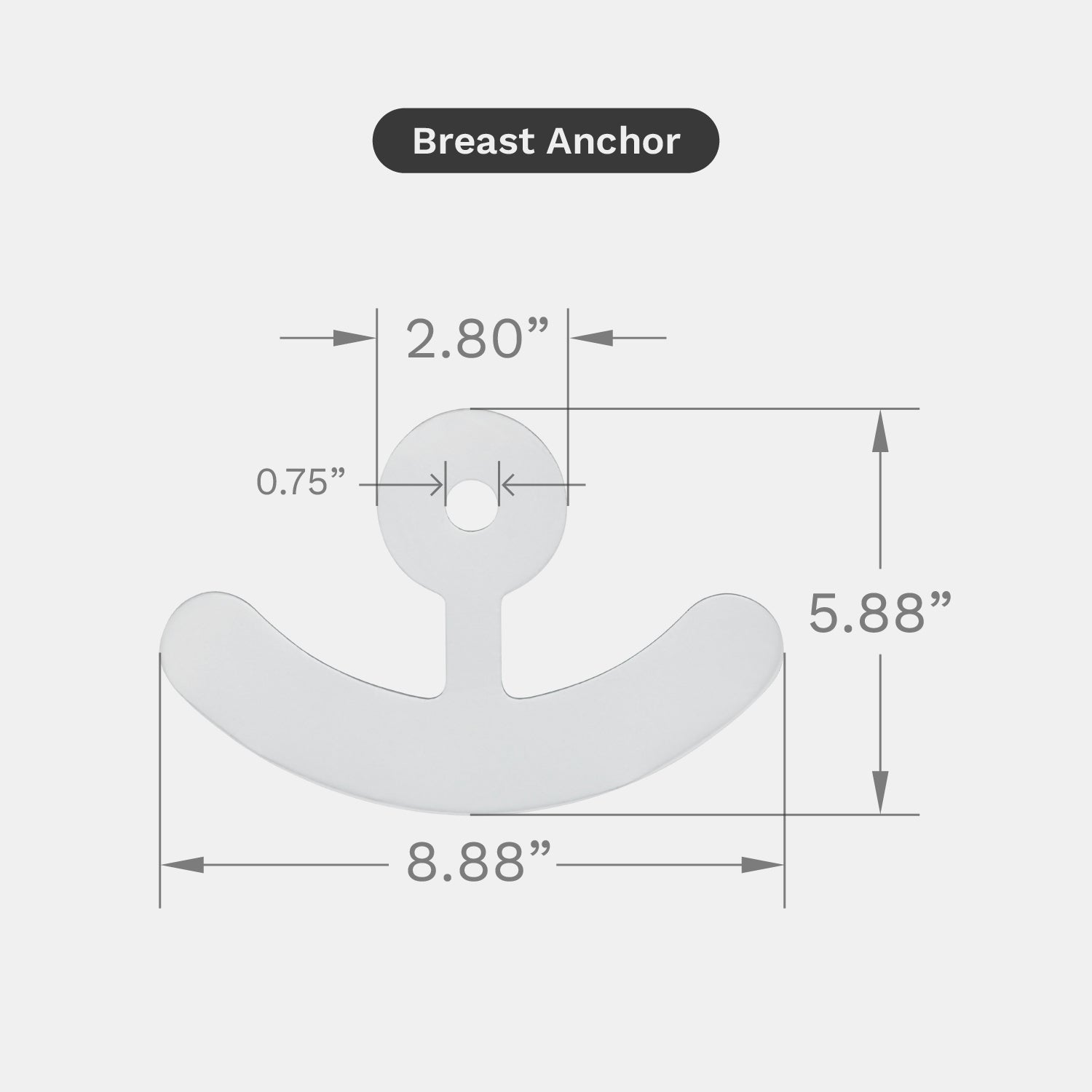
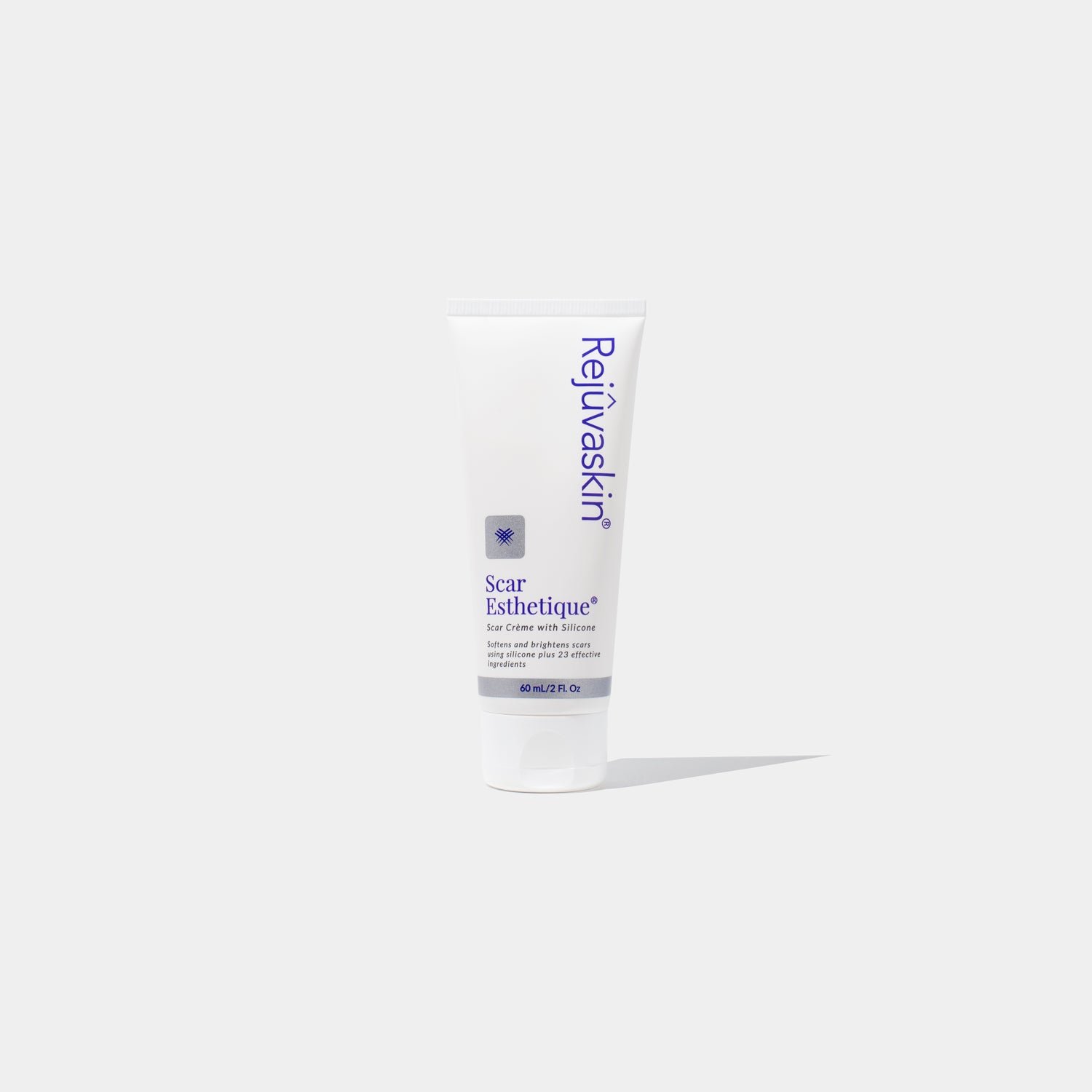
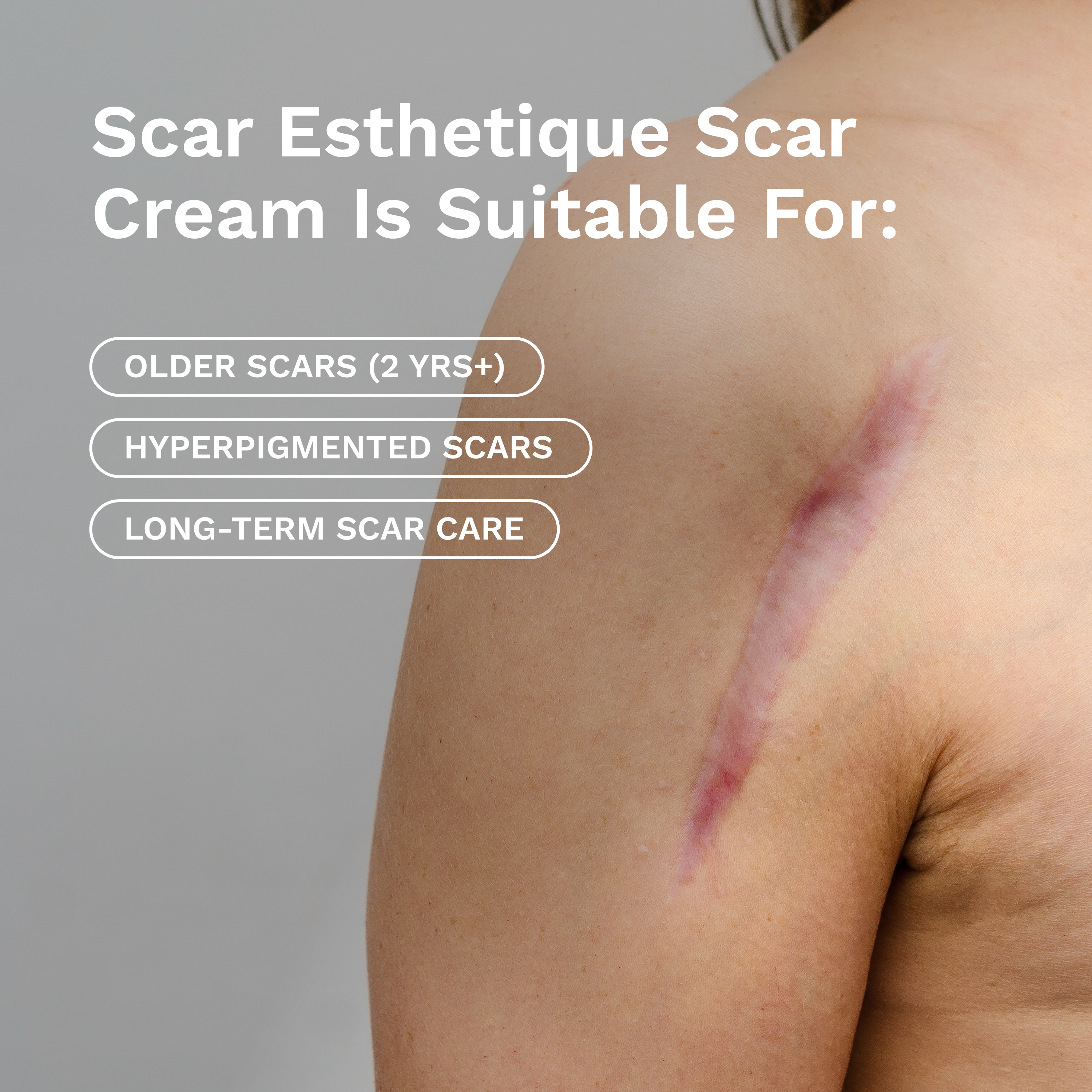









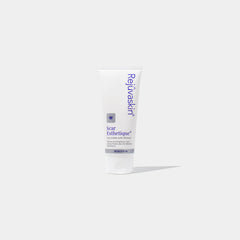
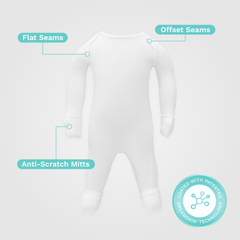


Leave a comment